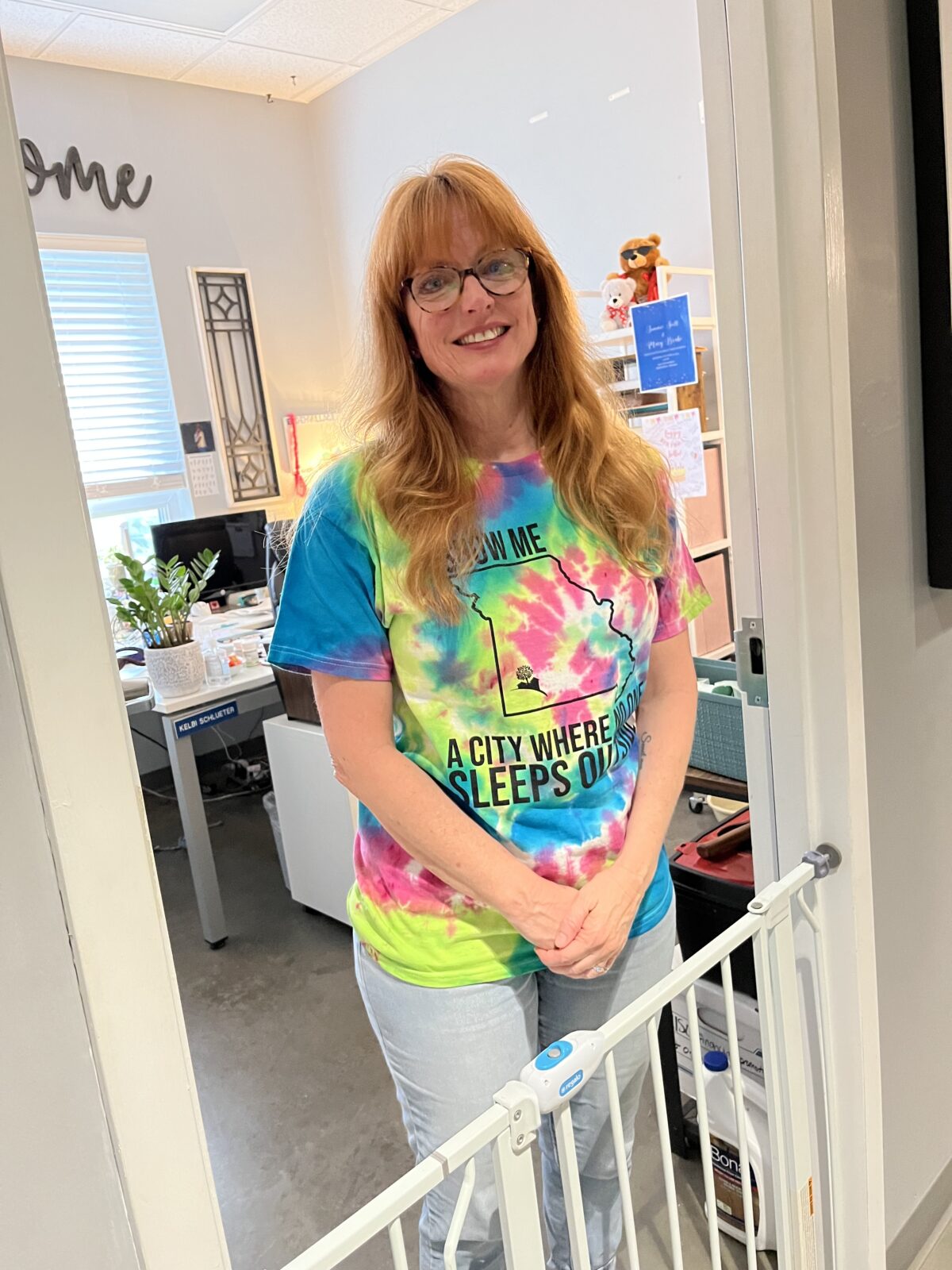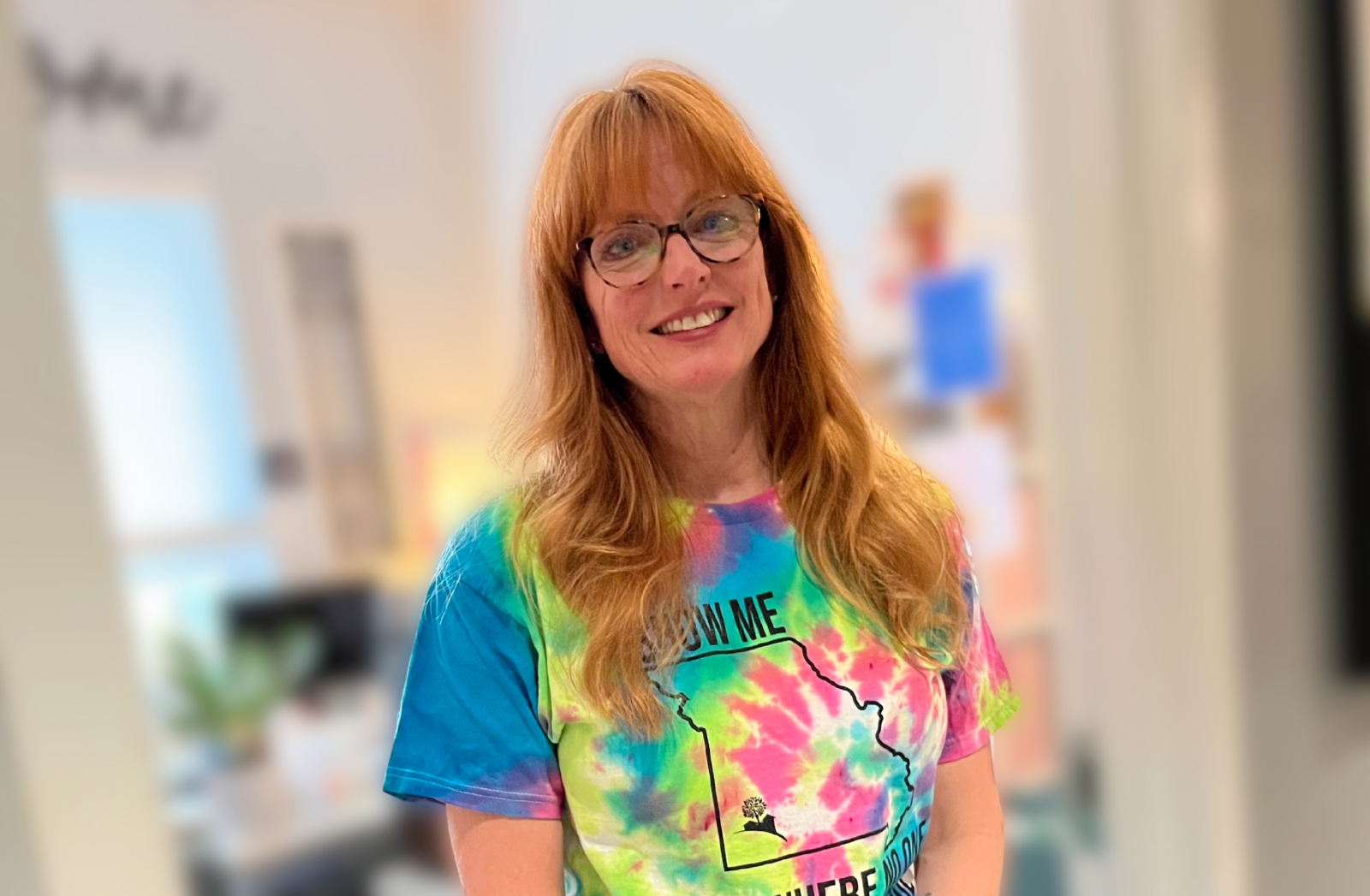Starting my twentieth month writing this column, here’s a brief self-introduction. I’m 73 and retired from work as a University of Texas professor and as editor-in-chief of World magazine. When time allowed I had the pleasure of what for me is play: writing books, thirty thus far.
Now, along with serving as an elder at my church, I can enjoy my golf-equivalent every day. Two of the book-length results will be published next month, but what’s relevant here are the three books on poverty in America, past and present, that I wrote three decades ago, including The Tragedy of American Compassion. Since June 2022, as a Discovery Institute senior fellow, I’ve returned to that subject with a particular emphasis on homelessness.
In 2022 my weekly Fix Homelessness columns often looked at homelessness historically. During the first half of 2023 I described how different people approached the subject, often by making grand generalizations. Last July it was time to go deeper than just offering statistics or dropping into a shelter to interview a manager and a Homeless Person selected by the manager. I lived at the Orange County Rescue Mission (OCRM) for four days and compared life there with what passes for life in the Tenderloin neighborhood of San Francisco.
The OCRM experience was so educational—see my columns from August 4 to October 6—that in October I decided to spend ten days in Missouri with 39 recently homeless people at two sites: Eden Village (a tiny home community in Springfield) and The Forge (based in an old building in Joplin). I approached all residents and managers as a reporter, with notebook prominently displayed. But I also did not want to seem utterly alien, so I deliberately appeared like many homeless men: Old clothes, shaggy beard, not a hard look for me to attain.
The trip began on October 11 when my wife Susan and I drove the six hundred miles from our home in Austin to Springfield, a city of 170,000 with a poverty rate of 22 percent, according to the 2020 census. Sixty percent of Springfield’s public school students qualify for free or reduced-price lunches. Estimates of the number of homeless people in the city range from 600 to 2,500.
On October 12 at 8 a.m. Susan dropped me off in an east Springfield industrial area. On one side of Division Street stood the Dive Bar and Can Man, where scroungers could sell aluminum cans and sometimes-stolen copper, brass, and radiators. On the other side was Buckshot & Spa (“We can put a fireplace in anywhere”), Pride auto detailing, and a gray building displaying a banner (#GodsProject) and a notice: “All visitors must check in at the office.”
I knew the gray building was the Eden Village community center. Susan drove off, heading 750 miles to Detroit to visit her 98-year-old mother. I carried a backpack with several changes of clothes, an old laptop that I thought might be stolen, and a one-pound bag of walnut pieces. She’d come back in ten days and pick me up. Until then, I was on my own.
The gate to enter Eden Village was locked. I entered the community center through an unlocked door. To my left was a laundry room with free washers and driers beneath a cross and a sign saying LOVE. In front of me was another unlocked door that opened to a corridor with offices on the left and on the right a spacious community room featuring a large television, a couch facing it, and round tables. One had a partly completed 750-piece jigsaw puzzle.
In the offices sat Nate and Kelbi Schlueter, the middle-aged pioneers who manage the village. I’ll tell you more about the conversations they and I had, but my first order of business was to head to the unoccupied tiny house I’d be staying in, 5E. We walked out the back door of the community center to emerge inside the gate—and I felt like a walk-on in The Wizard of Oz when it moves from black-and-white to color.

The gray industrial landscape was behind me. In front, on both sides of a paved one-eighth of a mile, were the 31 brightly-painted, craftsman-style, 390-square-foot homes of 17 men, seven women, and one man who presents as a woman. The homes were all of different colors—and trauma colored each of my new neighbors’ stories, as I would find out.
TO BE CONTINUED

